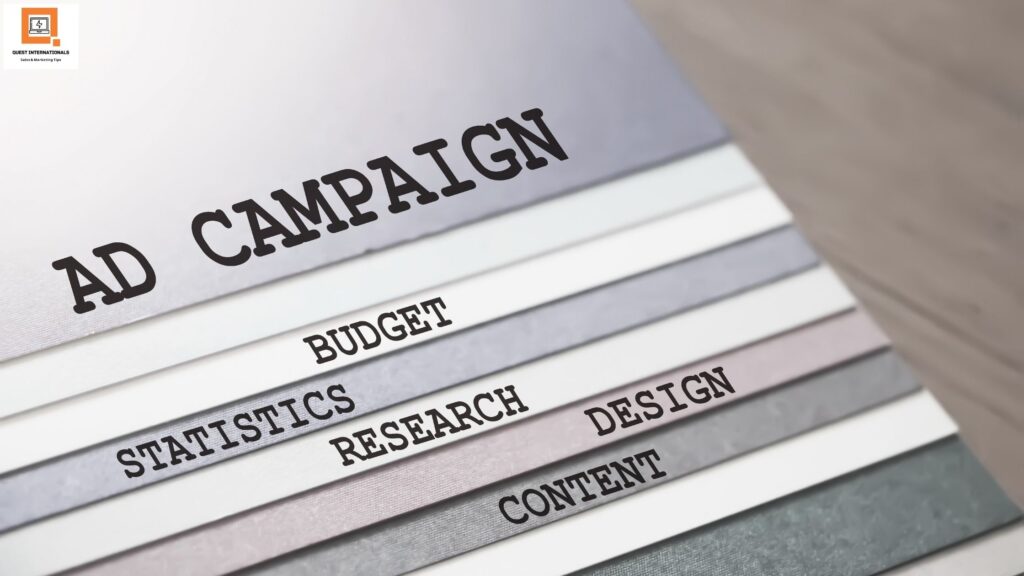Email designs, however, have a significant impact on an email campaign’s efficacy and, ultimately, its capacity to draw readers in and encourage interaction. Even in the ever-changing world of digital marketing, email campaigns are still a reliable way for businesses to engage with their target audience.
In a world where attention spans are shrinking, creating compelling email designs that not only catch the eye but also encourage interaction is essential.
The fundamentals of email marketing, offer insights and tips to help you craft visually appealing and highly productive email campaigns.
The Importance of Email Design

Before delving into the specifics, let’s take a moment to understand why email design is crucial for the success of your campaigns. In a cluttered inbox, users make split-second decisions about which emails to open and which to discard. Your email’s design is the first impression you make, influencing whether your message gets read or ends up in the virtual trash bin.
Capture Attention with a Compelling Subject Line:
Your email design journey begins with the subject line. Craft a compelling and concise subject line that sparks curiosity and encourages recipients to open the email.
Use persuasive language and avoid generic phrases. Personalization, such as including the recipient’s name, can significantly increase open rates.
Key Elements of Eye-Cracking Email Designs
Now, let’s dive into the fundamental elements that make for eye-catching email designs:
Mobile-Responsive Design:
With the majority of users accessing emails on mobile devices, it’s imperative to create designs that are responsive to various screen sizes.
Test your emails across different devices and email clients to ensure a seamless experience for all users.
Clear and Compelling Visual Hierarchy:
Organize your content with a clear visual hierarchy. Use headlines, subheadings, and visuals to guide the reader’s eye through the email.
Place the most important information, such as a call-to-action, prominently in the design.
Consistent Branding:
Maintain a consistent brand identity across all your marketing channels, including email campaigns. The fundamentals of email marketing involve using your brand colors, fonts, and logo to establish brand recognition. Consistency builds trust and helps recipients associate the email with your brand.
Engaging Visuals:
Incorporate high-quality images and graphics that align with your brand and message, creating captivating subject lines that draw attention. Visuals should be relevant and add value to the content, ensuring a seamless connection with your audience. Avoid clutter and use white space strategically to enhance visual appeal, making your messages more engaging and memorable.
Effective Use of Typography:
Choose fonts that are easy to read and complement your brand style. Use a mix of font sizes and styles to create visual interest.
Emphasize important points with bold or italic text, but use these features sparingly to maintain readability.
Compelling Call-to-Action (CTA):
The CTA is a critical element that drives conversions. Make it stand out by using contrasting colors and placing it in a prominent position.
Use actionable language in your CTA to prompt immediate responses from the recipients.
Best Practices for Email Design
Limit the Use of Images:
While visuals are essential, an over-reliance on images can lead to slow-loading emails and potential deliverability issues. Balance images with well-crafted text.
Personalization:
Leverage personalization to create a more intimate connection with your audience. Include the recipient’s name and tailor content based on their preferences and behavior.
A/B Testing:
Continuously optimize your email designs through A/B testing. Experiment with different elements such as subject lines, visuals, and CTAs to understand what resonates best with your audience.
Social Media Integration:
Encourage social sharing by integrating social media buttons into your emails. This can extend the reach of your campaign and foster community engagement.
Segmentation:
Segment your email list based on various criteria such as demographics, behavior, or purchase history. This allows you to tailor your email designs to specific audience segments for increased relevance.
Tools for Streamlined Email Design
To facilitate the design process and enhance your creativity, consider using the following tools:
Canva:
Canva offers a user-friendly platform with a variety of templates and design elements, making it easy to create visually appealing emails even without graphic design expertise.
Litmus:
Litmus provides email testing and analytics services, allowing you to preview your emails across different devices and email clients to ensure a consistent and optimized experience.
Mailchimp:
Mailchimp is a popular email marketing platform that includes a drag-and-drop email builder, making it simple to create visually stunning campaigns.
Unsplash:
Unsplash is a valuable resource for high-quality, royalty-free images that can enhance the visual appeal of your emails.
The Road to Productive Campaigns

While eye-catching designs are essential, the ultimate goal of your email campaigns is productivity. Here are some strategies to ensure your campaigns drive the desired results:
Clear and Measurable Goals:
Define clear objectives for your email campaigns, whether it’s driving sales, increasing website traffic, or building brand awareness. Ensure these goals are measurable to gauge success.
Analytics and Insights:
Utilize analytics tools to track the performance of your email campaigns. Monitor open rates, click-through rates, and conversion metrics to gain insights into what resonates with your audience.
Feedback Loops:
Encourage feedback from your audience through surveys or social media. Use this valuable input to refine your email designs and content for future campaigns.
Continuous Learning:
Stay updated on industry trends and best practices. Attend webinars, read blogs, and participate in forums to gain insights into emerging technologies and design trends.
Conclusion
Mastering the art of email design involves a combination of creativity, strategic thinking, and a deep understanding of your audience.
By incorporating the fundamentals outlined in this post and staying attuned to industry trends, you can create email campaigns that not only catch the eye but also drive meaningful engagement and results.
Remember, the journey doesn’t end with the click of the send button; it continues with a commitment to continuous improvement and a genuine connection with your audience.




